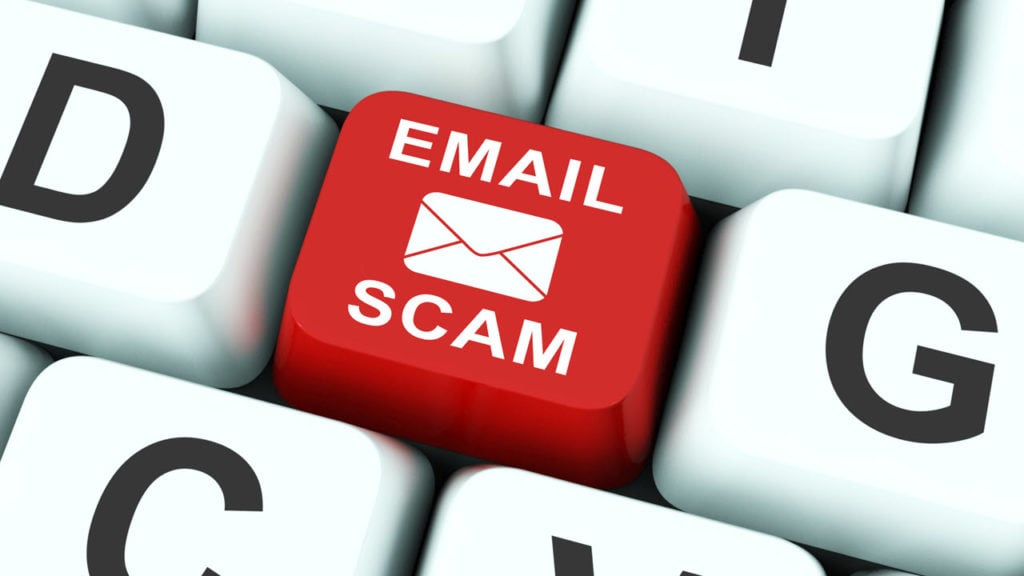In a world increasingly interconnected through digital platforms, scammers continue exploiting unsuspecting individuals’ vulnerabilities. A recent phishing scam has emerged, mimicking the United States Postal Service (USPS), targeting American citizens with deceptive emails and texts regarding missed package deliveries.
At the heart of this elaborate ruse is a fabricated USPS tracking number, US9524901144737, to lend credibility to the scam. The scam lures recipients into clicking on a seemingly innocent link to address the purported delivery issue.
This seemingly innocuous link leads to a meticulously crafted fake USPS website designed to harvest personal and financial information.
In the article, we’ll delve deeper into the intricacies of the US9524901144737 USPS scam, explaining what are the tactics behind this scam and how you can protect yourself.
Understanding the US9524901144737 USPS scam
The US9524901144737 USPS scam is remarkably consistent in its modus operandi. It commences with an email or text message appearing to originate from USPS, informing the recipient of a package that could not be delivered due to an incorrect or insufficient shipping address.
To lend an air of authenticity to the communication, the scammers include a fictitious USPS tracking number, often beginning with 93001. In this instance, the tracking number US9524901144737 is employed, closely mimicking the format of real USPS tracking numbers, thus creating an illusion of legitimacy.
The email recipients are then implored to click on the link to verify or update their address information to facilitate the redelivery of their package. However, this link redirects to a phishing website, a virtual doppelganger of the official USPS site.
When the user visits this malicious website, he is presented with the same tracking number and a message claiming that the delivery failed due to the recipient’s unavailability. The next step involves prompting victims to enter their personal information, including their name, address, and phone number, to reschedule the delivery.
In reality, however, this serves the scammers’ sole purpose of stealing private data, which they may employ for identity theft or illicit sales on the dark web.
The scam occurs in three phases:
Phase 1: The initial scam notification
For the scam to occur, it is necessary first to contact the victim. The first contact victims receive typically arrives via text or email designed to mimic legitimate USPS correspondence.
Phase 2: Redirection of the victims to the fake website
Given the sense of urgency in the message, that is, the initial contact, most victims do click on the link.
After clicking the link, victims are redirected to a phishing site that closely mirrors the genuine USPS homepage in design, imagery, branding, and menus.
However, if you have a keen eye, you will notice a slight change in the website’s URL. For example, instead of the real and original web address of USPS.com, the URL could read as USPS-365.com or USPS-service.com. You get the idea.
Now, either the scammers capture the victim’s personal information, including the full name, home address, zip code, and phone number or ask the victim to pay a minute fee for the rescheduling.
Phase 3: Selling of the data
When the user submits the personal information, the scam is concluded. The perpetrators promptly access the pilfered data, exploiting it through various means:
- The scammers can sell the data on the dark web.
- The scammers can use the data for future phishing attempts.
- Extortion attempts.
Also read: What is ‘US9514901185421’? Is it a scam?
Identifying and avoiding the US9524901144737 USPS scam

Although the US9524901144737 USPS scam is quite sophisticated and convincing, you will notice several key indicators that can assist recipients in identifying and circumventing it:
- Absence of package expectation: Be cautious when receiving package delivery failure/reschedule alerts if you have not placed orders or are not expecting a package from a known source.
- Generic greetings: Scams frequently employ generic salutations such as ‘Dear customer’ rather than addressing recipients by name.
- Urgent language: Scam messages typically employ urgent language, pressuring recipients to reschedule a delivery and discouraging thoughtful consideration.
- Malicious links: Links in scam messages are usually directed to unfamiliar sites, distinct from USPS.com. These URLs may exhibit variations, such as USPS-service.com, aiming to mislead users.
- Aberrant sender address: Legitimate USPS communications originate from official @USPS.gov addresses, not non-official ones. A departure from this standard should raise suspicion.
- Asking for personal information: Most companies will not request the input of sensitive personal information online to resolve delivery issues.
- Poor grammar and spelling: Scam emails often have typos, grammatical errors, and other linguistic anomalies.
- Follow-up scam attempts: Subsequent messages or calls requesting personal information from the same source may indicate an ongoing scam.
Also read: Is Instacart a scam?
Steps to take if you have shared personal information
If you have given your personal information to the threat actors, here are some steps that you can take:
Contact your bank
Contact your bank and credit card companies and immediately freeze access to your account. Also, regularly monitor your account for any suspicious transactions.
Contact the authorities
Share your fraud details with the credit bureaus such as Experian or TransUnion. Once the credit bureaus place a fraud alert, the scammers can’t open another account in your name.
Change your bank passwords
Immediately change the bank passwords if you feel that you have entered them on a malicious website.
Ensure that the new password is strong with a combination of upper and lower case letters alongwith a few special characters.
Report the scam
File a complaint with the Federal Trade Commission or the Attorney General.
Furthermore, you can complain with the police and the Internet Crime Complaint Center.
In conclusion, the US9524901144737 USPS scam is an elaborate scam that implores victims to share their personal and financial information on a malicious website. The scammers will then use the data in any way they want, for extortion, selling the data, or even further scam attempts. Follow the steps given above to counter these scams and to protect yourself.






